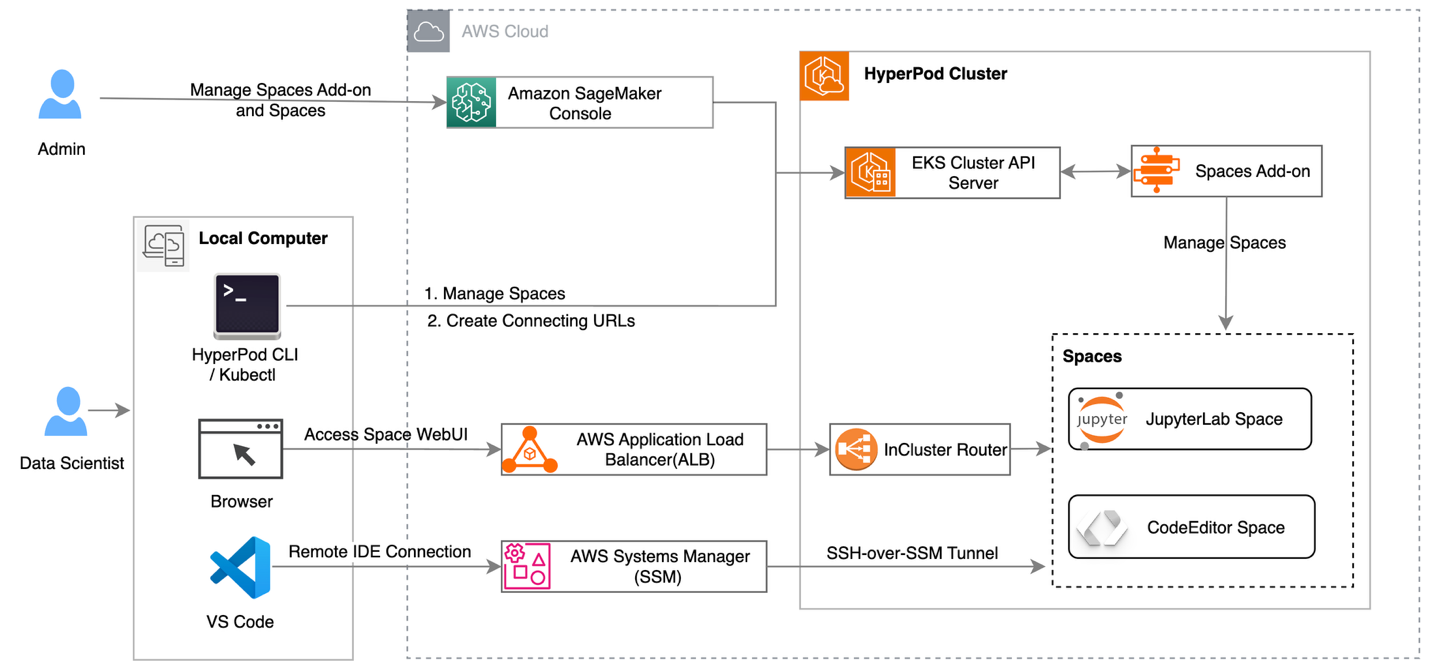Intuit is committed to providing its customers innovative solutions that simplify complex financial processes. Tax filing can be a challenge, with its ever-changing regulations and intricate nuances. That’s why the company empowers millions of individuals and small businesses to comprehend tax-related information effortlessly and file with full confidence that their taxes are done right.
For the 2024 tax season, Intuit set out to raise the bar with generative AI, using Anthropic’s advanced language model Claude in Amazon Bedrock—underpinned by Intuit’s proprietary tax engine—to provide individual tax filers with simple-to-understand contextual explanations of tax calculations, backed by real-time accuracy checks.
In this blog post, we discuss the journey of developing a solution that benefited millions of TurboTax customers in 2024.
The challenge
Taxes, with their complicated regulations and nuances, can be a labyrinth for even the most seasoned. The tax code includes 15,000+ federal tax forms and state tax forms for individual and business tax filers in the U.S. It is estimated that Americans spend 8.9 billion hours every year doing their taxes.
To streamline and simplify the tax filing experiences, Intuit’s AI/GenAI-powered TurboTax products guide consumers through the process. One challenge is to explain complex calculations in a simple-to-understand manner so taxpayers can confidently file their taxes —and seamlessly connect to a human expert whenever needed. According to Nhung Ho, vice president of AI at Intuit, “With Intuit Assist for TurboTax, we wanted to answer every customer’s question about how they arrived at their final tax outcome, and we had to do it in clear, concise language, so they have peace of mind before they file.”
The solution
Applying its years of domain expertise, robust data set and proprietary tax knowledge engine, Intuit worked closely with Anthropic and Amazon Web Services to further boost filer confidence by integrating Claude via Amazon Bedrock into its AI financial assistant, Intuit Assist for TurboTax. During federal tax reviews where customers see a summary of their return, the combined work of Intuit, Anthropic and AWS provides simple explanations of tax calculations. Altogether, helping users better understand how their tax result is calculated will help them feel assured their taxes were filed correctly. The following video shows examples of tax explanations.
Implementing Claude in Amazon Bedrock: a collaborative effort
In June 2023, Intuit announced its proprietary generative AI operating system (GenOS), which runs on AWS infrastructure and empowers the company’s developers to design, build, and deploy breakthrough generative AI experiences. GenOS serves as the primary paved path for rolling out generative AI applications or capabilities in production across the company.
Last fall, Intuit began experimenting with Anthropic’s Claude via Amazon Bedrock.
“After a successful partnership with Amazon SageMaker for its ML capabilities, Intuit looked forward to working with Amazon Bedrock as a managed service to simplify the deployment and management of LLMs,” explained Nhung.
Each year, tax filing is a seasonal process between January 1 and October 15, so the ability to scale rapidly to help meet the needs of millions of Intuit customers during this period was a critical success factor for Intuit’s tax explanations use case with Anthropic Claude in Amazon Bedrock.
“Amazon Bedrock offered Intuit the latency, scalability, and reliability to introduce AI-powered tax explanations to its customers,” Nhung added. “This allowed Intuit to deliver valuable generative AI experiences to its users.”
The company took advantage of AWS elasticity to acquire resources as they needed them, and to release resources when no longer needed. Provisioned throughput for Amazon Bedrock enabled Intuit to achieve the scalability and latency needed to serve millions of customers, beginning in January 2024. Intuit also implemented a multi-region setup to provide resiliency needed for such a critical application.
Additionally, a private connection between TurboTax Virtual Private Cloud (VPC) and Amazon Bedrock made sure that user data was appropriately protected.
“Intuit takes great pains to protect user data with our anti-fraud technology. It is important that user data remain secure. Anthropic’s Claude LLM, managed by Amazon Bedrock, provides that capability.” Nhung explained.
Conclusion
By using Amazon Bedrock to integrate Anthropic’s Claude into its tax preparation software, Intuit expanded the following benefits:
Simplified Tax Explanations: By demystifying tax complexities, Intuit instilled confidence in users, empowering them to navigate the tax filing process with greater ease and assurance.
Simplified Management: A simplified management experience of Anthropic’s Claude with Bedrock made it simple for Intuit to scale securely.
For the 2024 tax season, Intuit’s innovative use of Anthropic’s Claude in Amazon Bedrock is helping demystify the complexities of tax filing. By harnessing the power of advanced language models, the company is redefining the way people understand and engage with tax-related information. Through personalized explanations, tailored guidance, and a commitment to continuous improvement, Intuit is paving the way for a “done for you” future, where the hard work of tax preparation is done on its customers’ behalf, with a seamless path to human tax and bookkeeping experts whenever needed.
As the company moves forward, it remains dedicated to using cutting-edge generative AI technologies to enhance its solutions and provide its customers with the tools they need to achieve financial success. The successful integration of Amazon Bedrock in the tax domain has opened up new opportunities for Intuit to leverage advanced language models in other areas of financial management, solidifying its position as a trailblazer in fintech.
About the Author
Shivanshu Upadhyay is a Principal Solutions Architect in the AWS Industries group. In this role, he helps the most advanced adopters of AWS transform their industry by effectively using data and AI.



